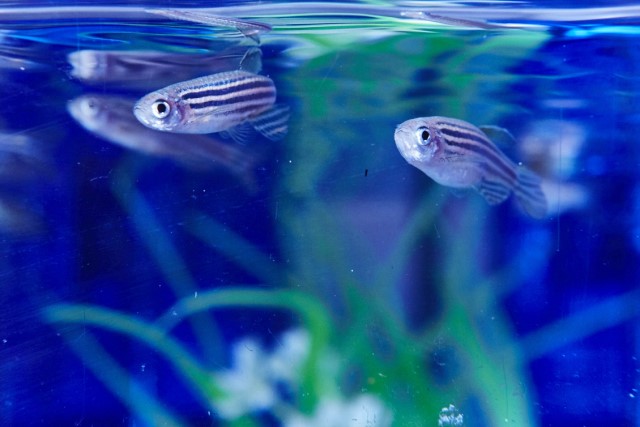

An immune cell has been shown, for the first time, to be involved in creating the scar that repairs the heart after damage.

During a heart attack, the heart is starved of oxygen and the heart muscle is damaged. The human heart can't repair this damage, and a scar forms. To begin with this scar is helpful, but in the long-run it can stop the heart from beating properly, leading to heart failure.
Zebrafish can mend their hearts
Whilst people can't repair their own hearts zebrafish can fully mend their own heart muscle if it becomes injured. Researchers at the University of Oxford, led by BHF Professor Paul Riley, are trying to unlock the secrets of the zebrafish heart.
In this study, published in Nature Communications, the team focused their efforts on studying the behaviour of macrophages, immune cells normally associated with inflammation and fighting infection in the body.
They found that in mice and zebrafish macrophages showed signs of being directly involved in the creation of the molecules that form part of the cardiac scar, particularly collagen, a major part of scar tissue.
There are now an estimated 920,000 people living with heart failure in the UK. This research brings us one step closer to understanding how to better treat people with the condition.
New ways to repair the heart
Our associate medical director, Professor Jeremy Pearson, said:
“Our hearts struggle to repair themselves following the damage caused from a heart attack. This can lead to heart failure, an incurable condition with worse survival rates than many cancers. We urgently need to find ways to repair the heart when it’s damaged.
“Macrophages are an important part of our immune system, removing dead and dying cells and helping to repair damaged tissue. By showing that macrophages produce collagen, a key part of scar tissue, this research could lead to new ways to enhance repair after a heart attack.”


